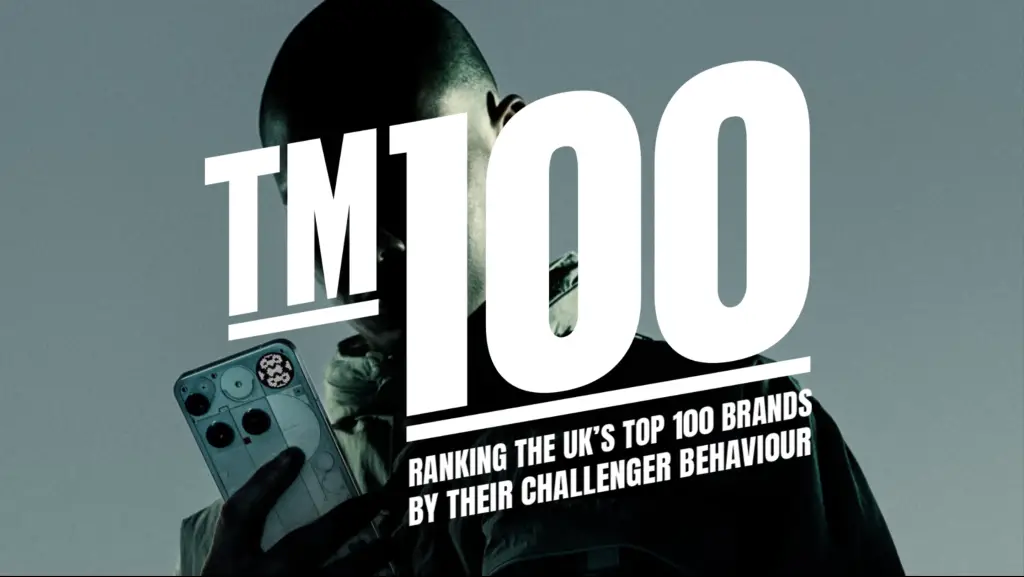Our industry loves a buzzword: Challenger. Disruptor. Agitator. Provocateur…
Over the last 20 years, I’ve sat in countless meeting rooms in countless agencies hearing these words tossed around. At regular intervals, I have seen the latest FMCG darling or FinTech start-up anointed the new poster child for challenger brands. But it always seems to be us, the industry, doing the anointing.
At Trouble Maker, our strapline is “the agency for challenger brands.” So, yes, we’ve added to this noise. But during a meeting at the start of this year, we discussed whether any study had ever attempted to ask the public what they think about challenger brands, what they thought constituted one, and what elements of challenger brand behaviour they liked.
So we set out to try.
Ten months later, and we’re proud to have launched the first (we hope, of many) Trouble Making 100 Report – the UK’s first ranking of challenger brands built from the public’s perspective.

Challengers, But Through Whose Eyes?
As an agency with “Trouble Maker” above the door, we felt it was time to put our money where our mouth is. So, we surveyed thousands of people across the UK to find out which brands they believe are genuinely doing things differently and communicating in a standout way, and why. Over 500+ brands were mentioned in the primer – and eventually this was cut down to a Top 100, which was then explored further by the main research study.
The results are fascinating (well, we think so anyway). Temu, BrewDog and Ryanair top the list – a blend of established icons and digital upstarts, proving that there’s no single formula for being a challenger. Meanwhile, less-hyped names like Who Gives A Crap, Nothing Electronics and Snag Tights ranked among the nation’s favourites, which we thought was interesting given the industry coverage for these brands is quite a bit less than other brands in the study.
Similarly, the media touchpoints which consumers associate with their favourite challenger brands aren’t what we expected. While we (and I include myself) as an industry often love to luxuriate over a clever billboard or Cannes-worthy stunt, just 3.8% of people said they discover challengers through out-of-home. By contrast, social media dominates, with 30% discovering challenger brands there, rising to 54% among 18-24-year-olds.
Safe Is Risky
Perhaps the biggest thing we took away from the study? Playing it safe is now the riskiest move of all.
Two-thirds of UK consumers believe brands “play it too safe,” with this rising to 75% among under-35s. In other words: if you’re not breaking category rules (or at least attempting to), you’re probably invisible.
And yet, there’s huge upside for brands that dare. Over half of Brits identify as “rebel-minded”, and 67% of them are more likely to buy from challengers. That’s roughly 17 million consumers, representing £4bn in weekly spending – a significant commercial opportunity for brands brave enough to colour outside the lines.
Why It Matters
The TM100 isn’t a one-off list. It’s the start of a longer journey to decode what makes a challenger resonate, and to hold ourselves (and the industry) accountable to what real people care about, not just what wins awards or generates LinkedIn applause.
We know there’s more to explore, and we’d love your thoughts on how to improve it or where to take it next.
Visit here or email [email protected] to access the full TM100 report, discuss the findings, or see where your brand ranks.
 Pete Jackson is head of planning, Trouble Maker.
Pete Jackson is head of planning, Trouble Maker.

